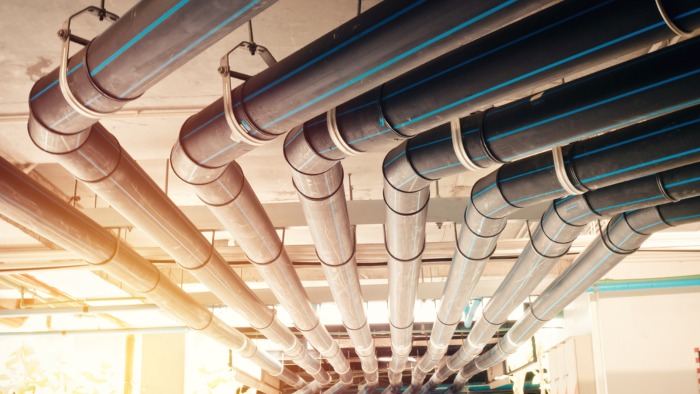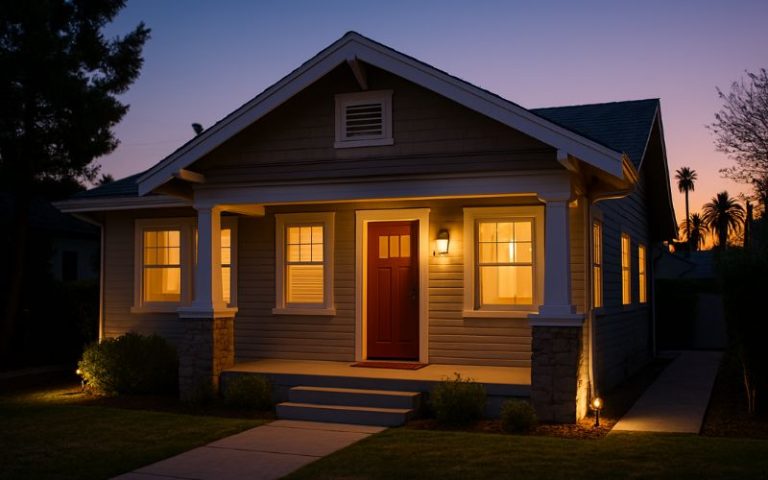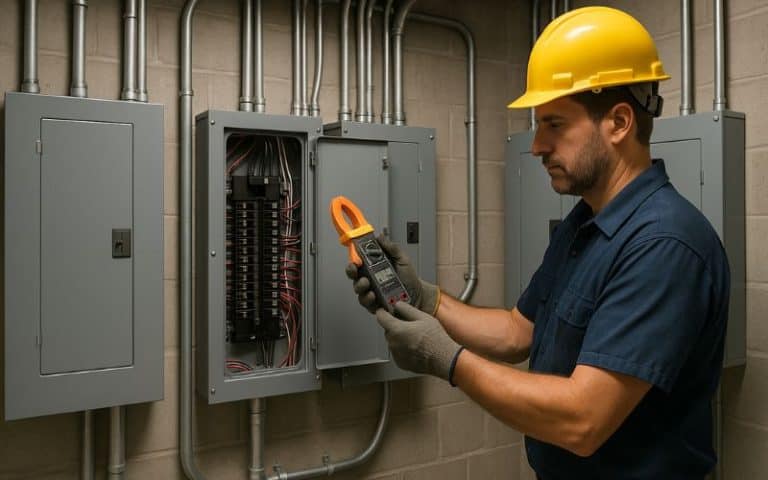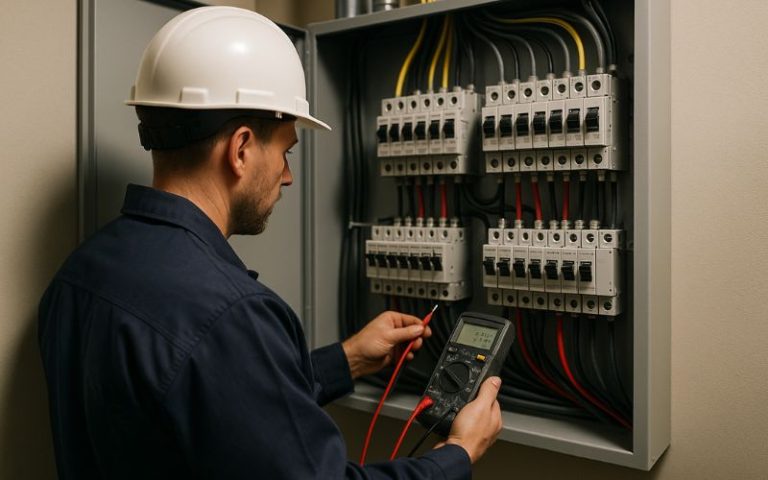
Pipe Volume Calculator – Simple Math Formula
When working on heating systems, plumbing, and sewerage projects, contractors often need to make the exact pipeline volume calculation. Or, if you are planning to design an irrigation system for your garden, you will also benefit from this information about a pipe volume calculator.
Unfortunately, many homeowners have no idea how to calculate the volume of a pipe and, most importantly, why do it at all. Keep on reading to learn about the piping volume formula.
Why Calculate the Volume of a Pipe?
First, pipeline volume calculation allows you to select the proper heating or plumbing equipment, water or coolant tanks, and tally the pipeline system’s size for your basement, warehouse, etc. Secondly, you can figure out the size of the water volume in the pipes.
How to Calculate Pipe Volume
The easiest way to calculate pipe volume is to use an online pipe volume calculator. The second way is to do it manually. For this, you will need a regular calculator, a ruler, and a caliper that measures the pipe’s inner and outer radii (in all drawings and diagrams, the radius is denoted by the symbol R or r). You can use the value of the diameter (D or d), calculated by a simple pipe volume formula:
R x 2 or R2
To calculate the volume of water in a pipe in cubes, you will also need to know the length of the cylinder L (or l).
As a result, measuring the inner radius will tell you how much water or other liquid is in the pipe. In addition, you should know the pipe’s outer diameter to calculate the size of the space it will occupy.
The sequence of calculations is as follows: first, find out the cross-section of a pipe:
S = R x ∏;
Cylinder area – S;
Cylinder radius – R;
∏ – 3.14.
S is multiplied by the length L of the pipe – this will be the total of the pipeline volume calculation. The calculation of the volume by the cross-section and length of the cylinder looks like this:
V = S x L;
Cylinder volume – V;
Cylinder area – S;
Cylinder length – L.
Example:
Steel pipe Ø = 0.5 mm, L = 2 m;
S = (D / 2) = d ∏ x (0.5 / 2) = 0.0625 m2.
The final formula for how to calculate volume of a pipe will look like this:
V = H x S = 2 x 0.0625 = 0.125 m3;
Where:
H is the pipe’s wall thickness.
This pipe volume formula allows you to find out how to calculate piping volume with any given parameters and from any material and individual sections of a composite pipeline. As you see, you can easily do this manually without an online pipe volume calculator. Remember, it is necessary to use the same units, for example, meters and cubic meters, or inches and cubic inches, to avoid confusion with measurements.
How to Calculate the Cross-Sectional Area of a Pipe
For round pipes, the cross-sectional area is calculated using the following formula:
S = ∏ x R2;
Where:
R is the inner radius of the pipe;
∏ is a constant value of 3.14.
Example:
S = 90 mm, or R = 90 / 2 = 45 mm or 4.5 cm. According to the formula, S = 2 x 20.25 cm2 = 40.5 cm2, where 20.25 is 4.5 cm2 .
How To Calculate the Volume of Water in a Pipe
To calculate the volume of a pipe in liters, you should include the inner radius in the formula. However, this is not always possible since some radiators or heating boilers have complex shapes.
Therefore, you first need to find out the volume of the product (usually from the technical datasheet). So, for a standard cast-iron radiator, the volume of one section is 1.5 liters.
You can find out the volume of the water heater expansion tank by pouring a pre-measured volume of water into it. To calculate the volume of any pipe, you need to measure its diameter, calculate the volume of one meter, and multiply the result by the length of the pipeline.
Pipe Volume Calculator for Different Types of Pipes
The material pipes are made from for water supply or sewerage can be different. Respectively, the specifications of the pipes will also vary. For example, steel pipes, which have a large internal diameter, will pass much less water than similar pipes made of plastic or propylene.
This is due to the different smoothness of the inner surface of the pipe. PPR and PVC pipes don’t have roughness on the inner surfaces. But metal pipes can handle a larger volume of water than pipes made from other materials with the same internal section. Therefore, all math for pipes made of different materials must be double-checked.
If your pipeline layout comes with its own specs, you can calculate the exact volume of water in the pipe using the formulas given above.
Should I Calculate Piping Volume Manually or Use an Online Pipe Volume Calculator?
You can use an online pipe volume calculator, and you’ll find many options on the Internet. These online tools greatly facilitate the process of determining the piping volume and the amount, flow, and pressure of water in the plumbing system.









